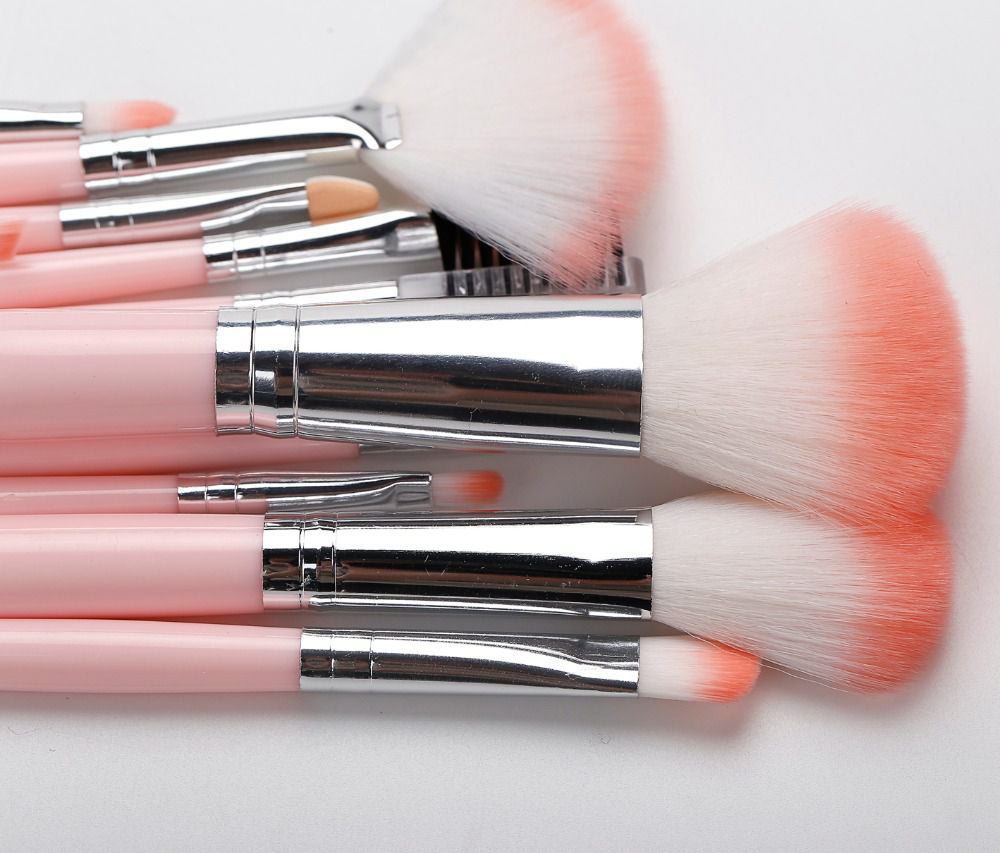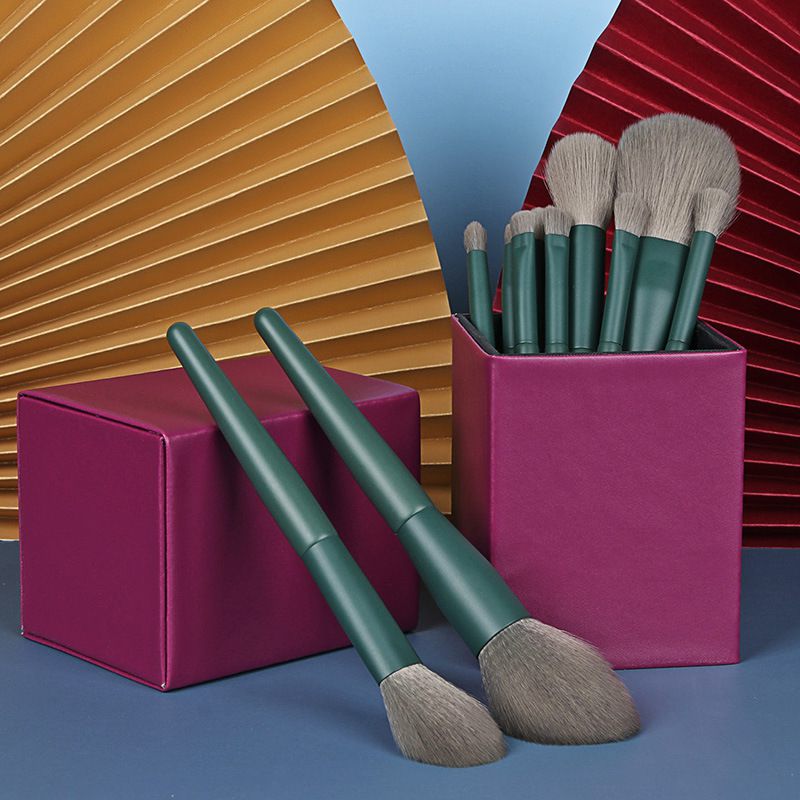Industry news
Biodegradable Bristles: Development of Poly(Lactic Acid) (PLA)-Based Synthetic Hair for Eco-Friendly Brushes
- 39 Views
- 2025-06-29 01:32:03
Biodegradable Bristles: Innovations in PLA-Based Synthetic Hair for Eco-Friendly Brushes
In the beauty and personal care industry, the demand for sustainable products has never been louder. As consumers increasingly prioritize eco-conscious choices, one critical component—brush bristles—has come under scrutiny. Traditional synthetic bristles, often made from petroleum-based materials like nylon (PA) or polyester (PET), pose long-term environmental risks due to their non-biodegradable nature, contributing to microplastic pollution in oceans and landfills. In response, the development of biodegradable alternatives has gained momentum, with poly(lactic acid) (PLA)-based synthetic hair emerging as a promising solution for eco-friendly brushes.

PLA, a bio-based polymer derived from renewable resources such as corn starch, sugarcane, or cassava, stands out for its inherent sustainability. Unlike petroleum-based plastics, PLA can decompose under industrial composting conditions, breaking down into carbon dioxide and water within 6–24 months, leaving no toxic residues. This makes it an ideal candidate to replace conventional bristles, aligning with global efforts to reduce plastic waste. However, translating PLA’s eco-benefits into functional brush bristles has required overcoming key technical challenges.

One primary hurdle is PLA’s inherent brittleness and low flexibility, which can compromise bristle performance. Traditional synthetic bristles are valued for their softness, resilience, and ability to retain shape—qualities essential for applications like makeup brushes, where bristle texture directly impacts product application and user experience. To address this, researchers and manufacturers have focused on modifying PLA through blending and composite technologies. For instance, blending PLA with other biodegradable polymers such as polybutylene adipate terephthalate (PBAT) or polyhydroxyalkanoates (PHA) enhances flexibility and impact resistance. PBAT, known for its ductility, acts as a plasticizer, reducing PLA’s brittleness while maintaining biodegradability. Similarly, adding natural fillers like cellulose nanocrystals or bamboo fibers improves mechanical strength, ensuring the bristles can withstand repeated use without fraying.

Another critical consideration is moisture resistance. PLA is hydrophilic, meaning it can absorb water, which may affect bristle integrity in humid environments or during cleaning. To mitigate this, surface treatments such as coating with plant-based waxes or biodegradable polyurethanes have been explored. These treatments create a protective layer that repels moisture while preserving the bristle’s softness and biodegradability. Recent studies show that modified PLA bristles can now match the water resistance of conventional nylon bristles, making them suitable for daily use in beauty and household brushes.
Performance testing has further validated PLA-based bristles as a viable alternative. In comparative trials, PLA-PBAT blend bristles demonstrated comparable softness (measured via bending modulus) and resilience (through cyclic compression tests) to nylon-6 bristles, a common standard in the industry. Additionally, accelerated composting tests confirmed that these modified bristles degrade by over 90% within 180 days under industrial conditions, far outperforming petroleum-based alternatives that persist for centuries.
The adoption of PLA-based synthetic hair is not limited to beauty brushes. Its versatility extends to household cleaning brushes, pet grooming tools, and even industrial applicators, offering a scalable solution across sectors. For cosmetic brands, integrating PLA bristles aligns with ESG (Environmental, Social, Governance) goals, appealing to eco-conscious consumers willing to pay a premium for sustainable products. Major beauty retailers have already begun featuring PLA-bristle makeup brushes in their “green beauty” lines, signaling a shift in market demand.
Looking ahead, the future of PLA-based bristles lies in optimizing production costs and expanding material innovation. While PLA is currently more expensive than petroleum-based plastics, advancements in fermentation technologies and economies of scale are expected to drive down prices. Additionally, exploring blends with other bio-sourced materials, such as algae-based polymers or lignin, could further enhance performance and sustainability. As regulatory pressures to reduce single-use plastics intensify, PLA-based synthetic hair is poised to become a cornerstone of the brush industry’s green transition.
In conclusion, the development of PLA-based biodegradable bristles marks a significant step toward sustainable beauty and consumer goods. By addressing technical challenges through material modification and innovation, manufacturers are proving that eco-friendly solutions can deliver both environmental benefits and functional performance. As this technology matures, PLA-based synthetic hair is set to redefine industry standards, offering a path to a cleaner, greener future for brush production.











